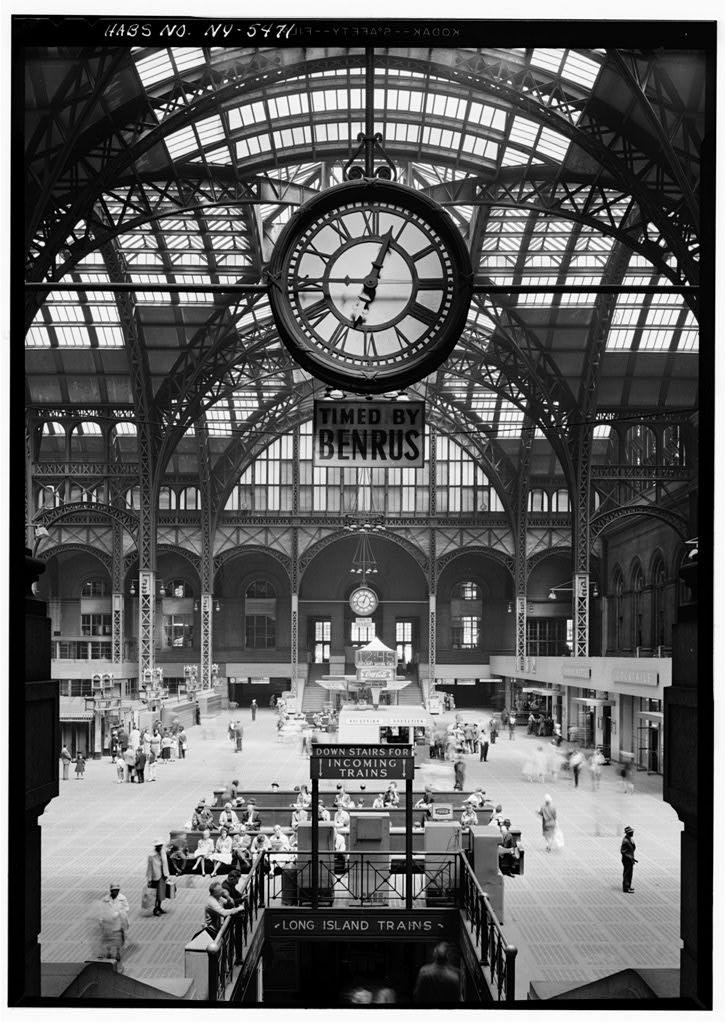The historic preservation movement, as I think Vincent Scully once pointed out, was the most powerful expression of public interest in architecture of the twentieth century. But the truth is that the historic preservation movement was not really about preserving the past; people did not want to save Penn Station because it was old, or because it was an expression of a particular era. They wanted to save it because it was beautiful, beautifully conceived and beautifully built. The four decades between 1900 and 1940 were a magical period in American architecture. Comparable, as Augustus Saint-Gaudens observed, to the Italian Renaissance—a perfect joining of money, patronage, taste, and skills. As Charles McKim showed at Penn Station, you could solve a modern problem like a railroad station without renouncing the past, indeed, that past made the modern solution all the more convincing.


